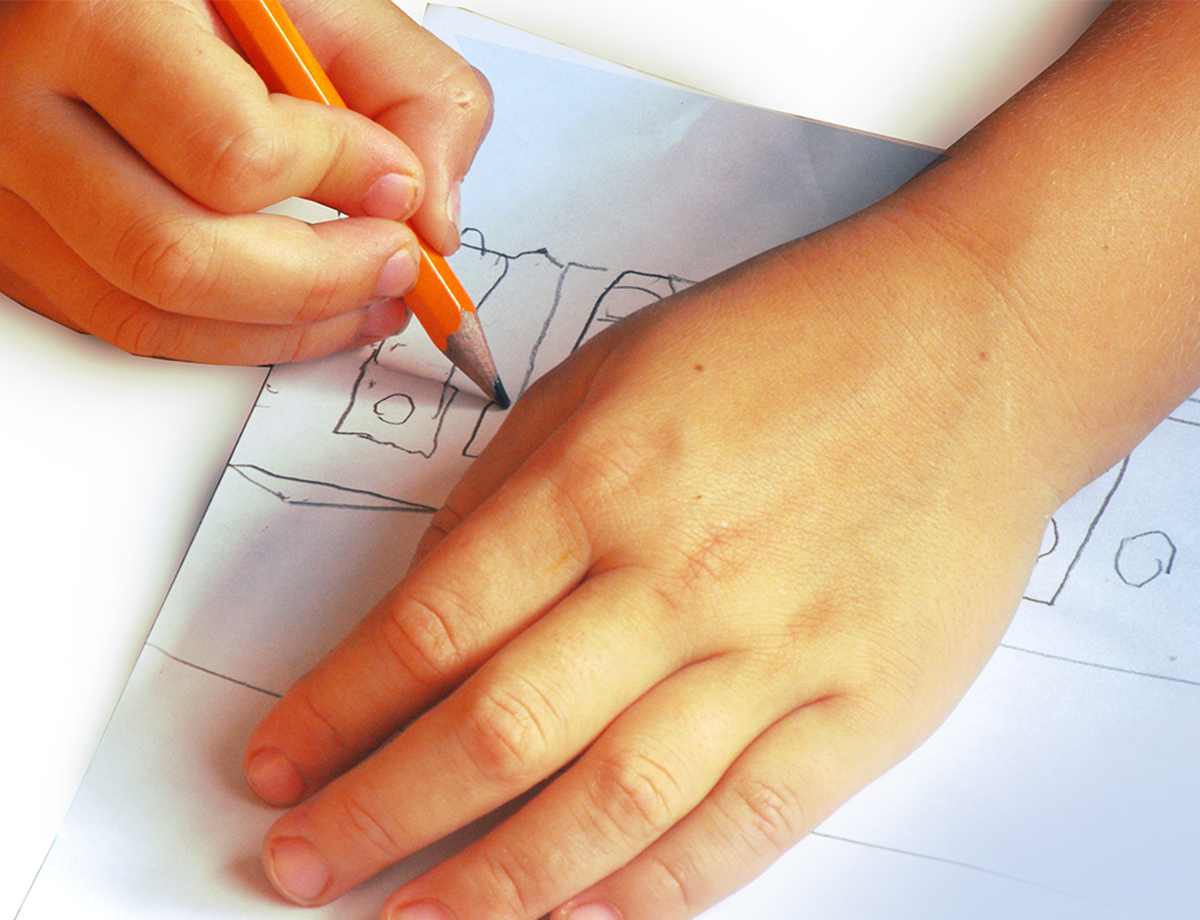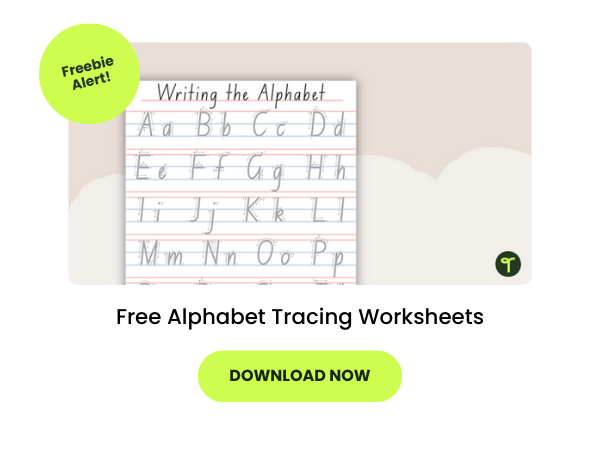So you have an ambidextrous student, and you’re wondering how to support them in the classroom. You’ve landed in the right place!
There was a time when children who have used anything other than the right hand for tasks were forced by teachers to stick to the right hand, but we now know there’s nothing wrong with being a leftie.
Unfortunately, having ‘mixed manual preferences’ (another term for being ambidextrous) can present a challenge for students as they grow. Students who swap back and forth between the use of their two hands have been found to have more problems at school, so your support is certainly needed!
The teachers on the Teach Starter team are up to date on the science behind students who use both hands, and we have some tips to support your ambidextrous student in the classroom and answers on when you might want to call in OT.
What Is an Ambidextrous Student?
The term ambidextrous is used to describe people who can use both the right hand and the left hand equally — essentially a mixed dominance, says occupational therapist Sarah Appleman, author of the Play With Your Food Book. Statistics show that most of the population is right-handed, with estimates that about 10 percent of Australians are left-handed. Ambidextrous people? Well, that’s harder for scientists to tell.
Writing for Scientific American in 2001, M.K. Holder, an affiliated scientist in the Center for the Integrative Study of Animal Behavior at Indiana University in the United States, described the number of people around the world who are ambidextrous as ‘an indeterminate amount.’
Things get trickier when you’re talking about ambidexterity in children. Children are born with no hand-dominance, Appleman says, but typically begin to ‘pick’ a hand by 18 to 24 months, with the non-dominant hand becoming what experts call a ‘stabilizer’ that helps the dominant hand. ‘For example, when cutting out a circle, the non-dominant hand must move smoothly and display good coordination while the dominant hand is cutting precisely,’ Appleman explains.
But while most kids will show hand dominance very early, others may use both hands equally until 5 or 6. The demands of school (ie. handwriting, cutting, etc.) can mean that children are encouraged at an early age to ‘pick’ a hand to be the ‘worker’ hand, but if you are teaching foundation or prep students who are just starting their school careers, this may not yet have been established.
How Can You Help an Ambidextrous Student? Questions to Consider
Should ambidextrous students be encouraged to ‘pick’ a hand?
Absolutely, Appleman says. While using both hands may seem impressive, hand dominance is important for a student’s development.
‘Hand dominance is crucial because [the] child will continue to use that hand consistently building hand strength and endurance,’ she explains. ‘Through repetition, you are building neuronal pathways. These pathways allow the brain to understand and develop precision skills.’
How can you tell which is a student’s dominant hand?
If the student is switching back and forth, you don’t want to pick right or left for them. So how do you know which hand is truly dominant? Appleman suggests a simple test:
‘Place a pencil or crayon right in the middle of their body when the child is seated at a table,’ she says. ‘Watch which hand picks up the pencil.’
Does the child use their left hand on the left side of their body and their right hand when doing something on the right side of their body?
Children who do this may have difficulty with ‘crossing the midline.’ The “midline’ is the imaginary line running through the middle of a person separating the left and right sides of the body. The ability to ‘cross the midline’ is an important skill for kids every day.

When should you call in help for your student?
If the child is around 5-6 years old (or older), here are watch-outs Appleman says teachers should look for:
- Poor handwriting
- Decreased accuracy when cutting with a scissor
- Unable to open/close classroom objects
- Difficulty dressing themselves
If any of these exist, Appleman suggests referring the student for additional services.








Very interesting. I am truly ambidextrous and have been since I was 6. I used to change hands when writing, which drove my teachers crazy. Now, I write and cut with my right hand, and use either hand for drawing, painting, and everything else.
Thank you for your lovely comment. I am so glad you are enjoying this post and thanks for sharing your story.
Very interesting thank you so much.
You're most welcome Gema!